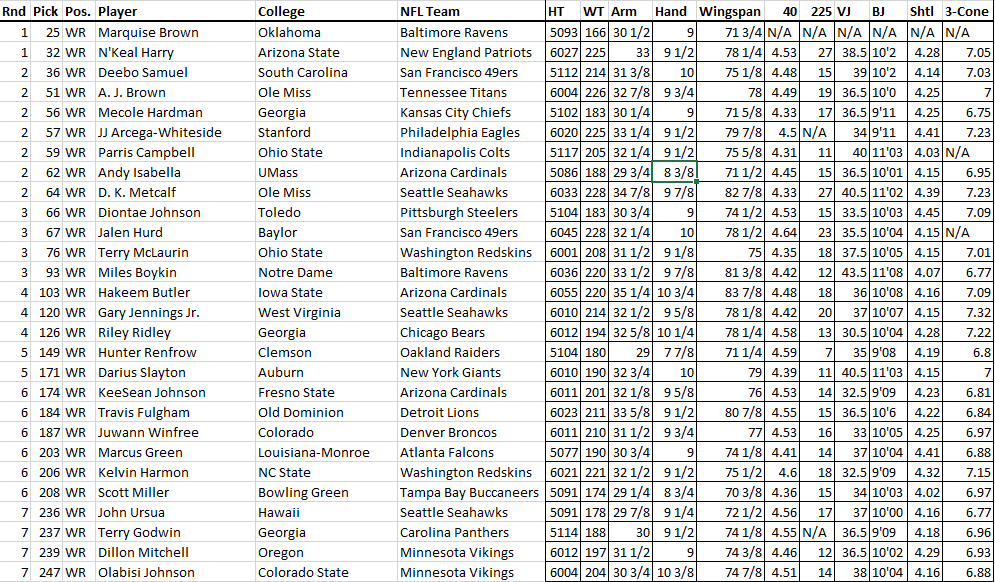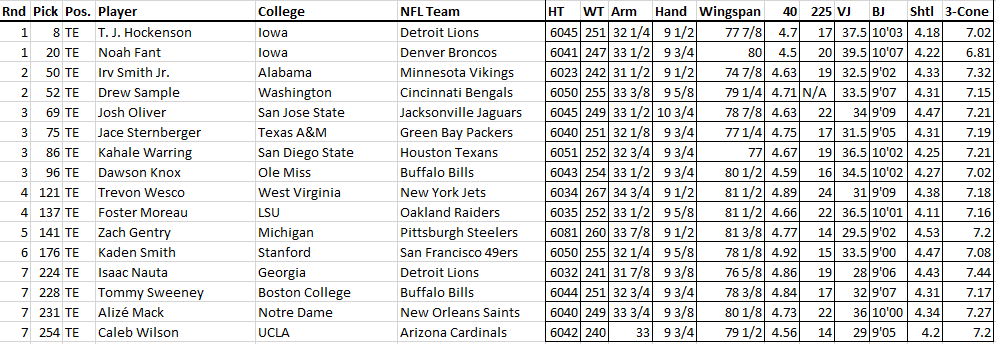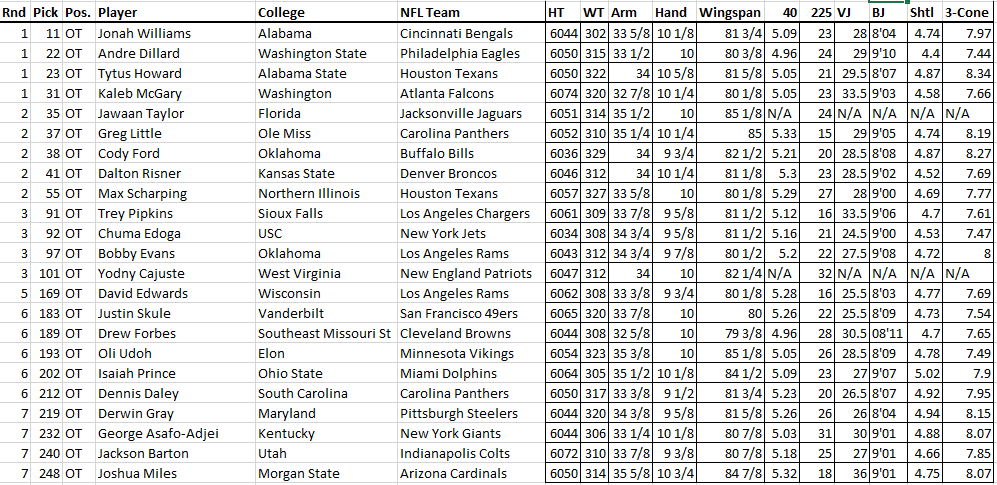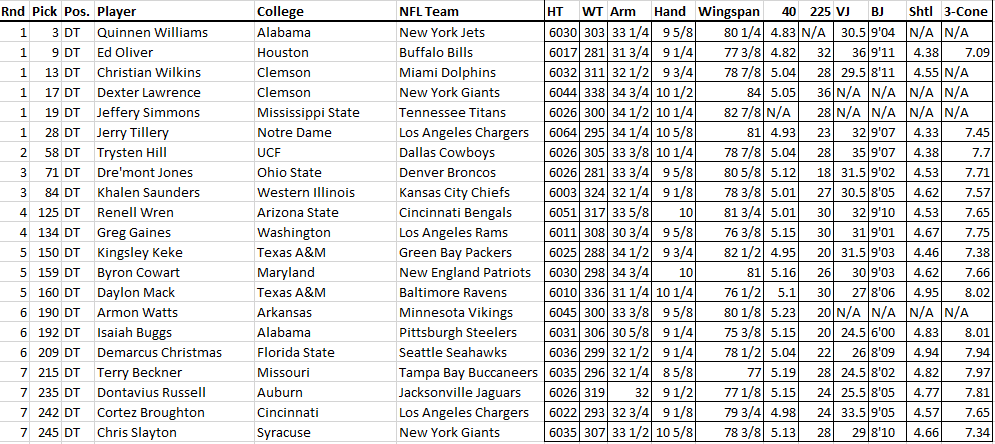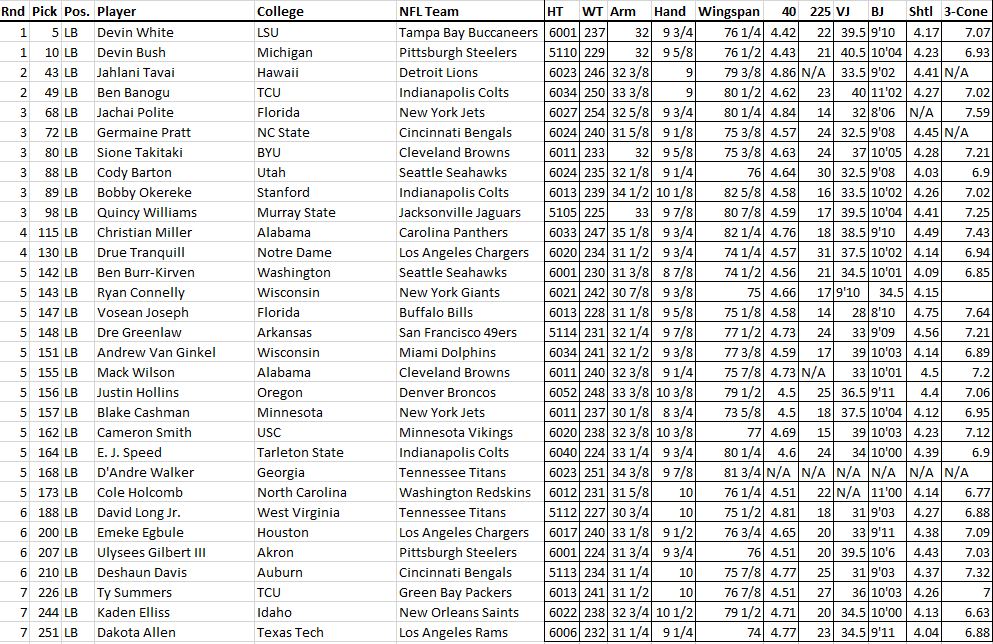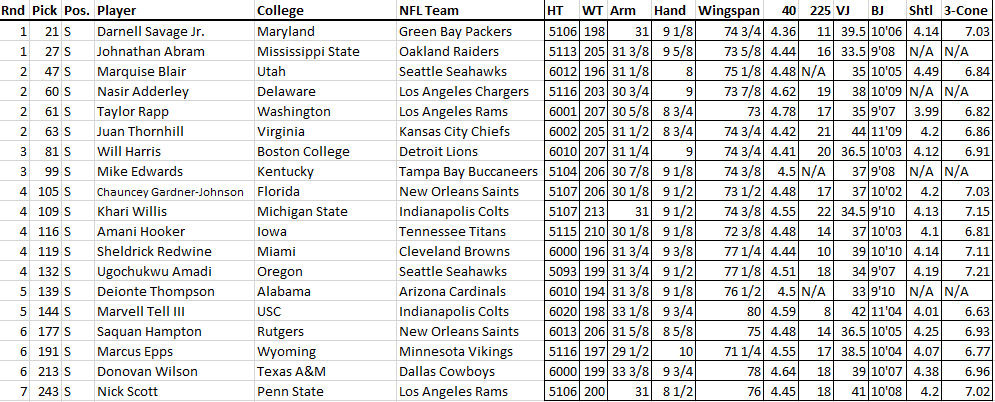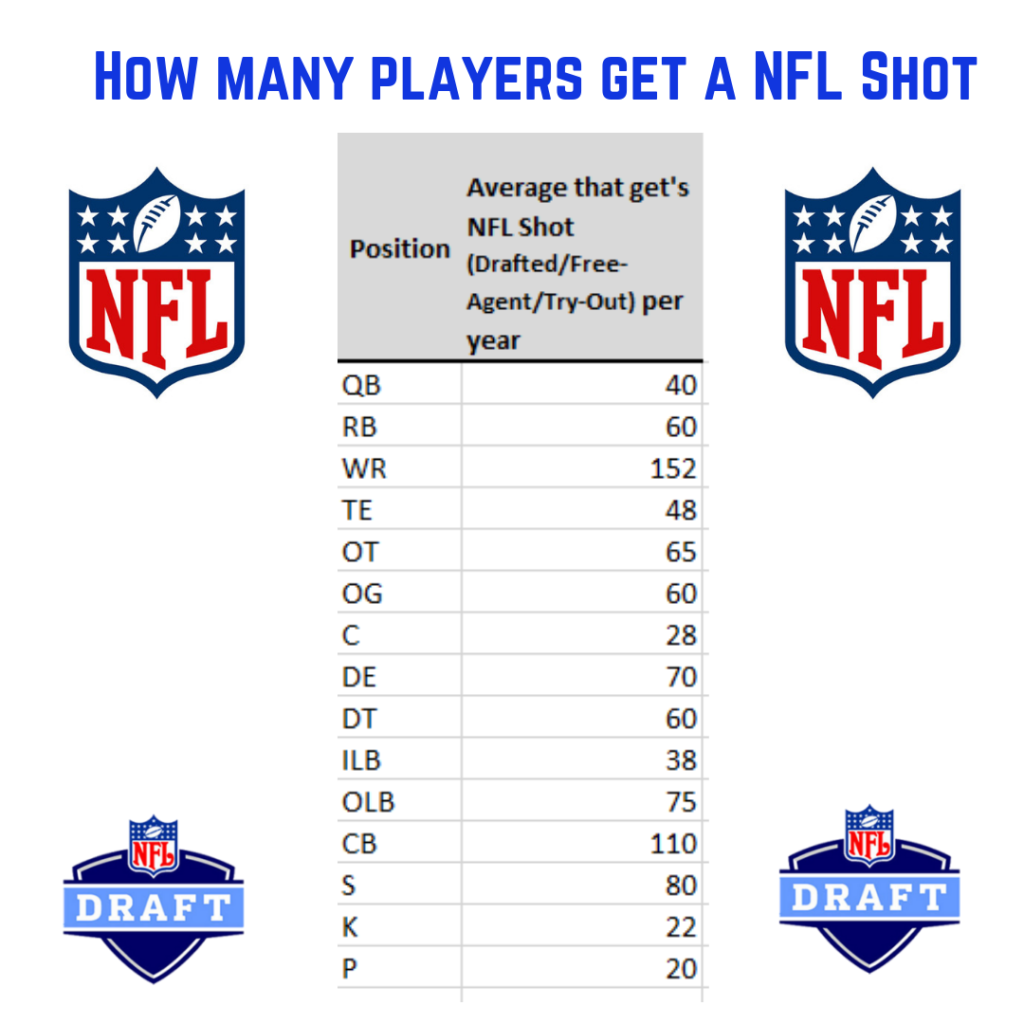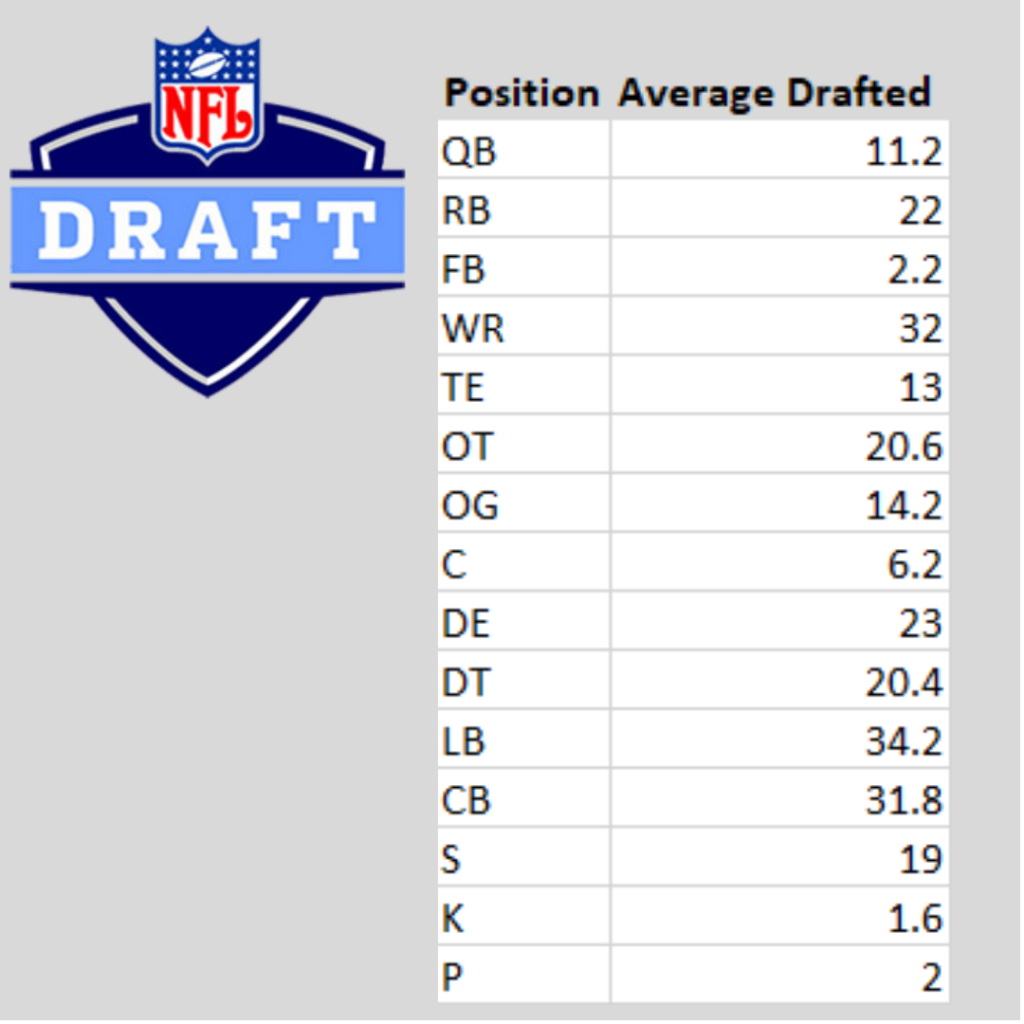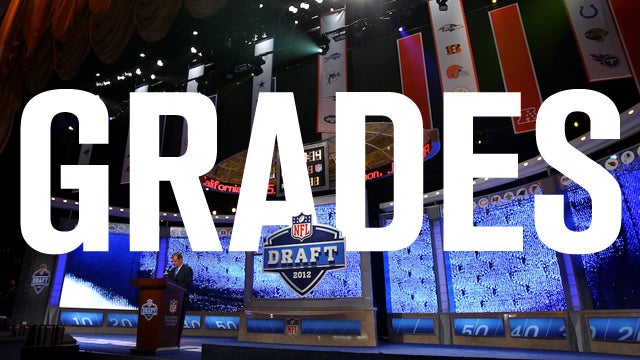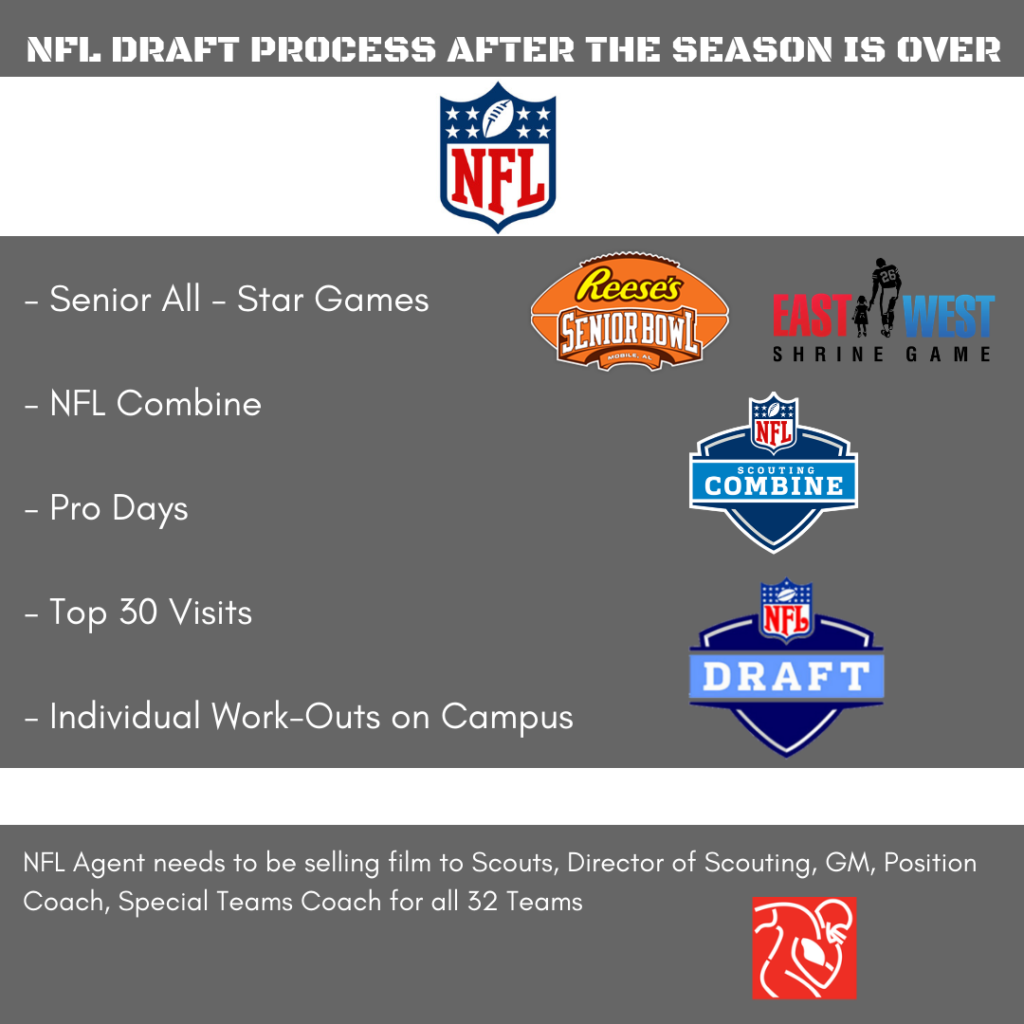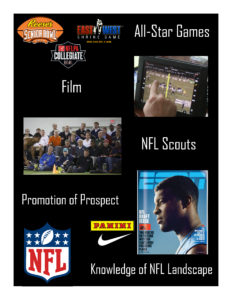
The NFL supplemental draft is held every year after the regular draft in April, normally in early July. It is held so that if a prospect will not be eligible for the upcoming college football season can apply to play in the NFL and without the supplement draft it would leave the prospect in limbo for a full year. If a player wants to be included in the supplemental draft, a formal petition needs to be filed with the league and not every player is guaranteed admittance. Players need to be at least three years removed from high school to be eligible for the supplemental draft. The most common reason a player will enter the supplemental draft is because of not being eligible due to academic reasons. But other reason do come up as to why a player would be ruled eligible to be included in the supplemental draft.
The supplemental draft order is different from the regular draft order. Teams are separated into three groups based on the previous season; the first group are non-playoff teams that had six or fewer wins. The second group are non-playoff teams with more six wins. And the final group are playoff teams. The order in those groups are determined by a weighted lottery with the teams with the fewest wins given the best chance to win the earliest picks. Bids for players are submitted blindly by teams with the round that given team would want to select a given player. Obviously, the team highest in the draft order who submits the earliest-round bid for a player will be awarded that player. When that happens, that club forfeits a pick in the same round of next year’s regular draft.
Last year two players where selected in the NFL Supplemental Draft, Sam Beal, Western Michigan by the New York Giants in the 3rd round, and Adonis Alexander, Virginia Tech by the Washington Redskins in the 6th round.
If a player enters the supplemental draft and is not drafted then he automatically becomes a free-agent and then is able to sign with any team.
Past NFL Supplemental Draft picks:
1977 Al Hunter RB 4th Seattle Seahawks Notre Dame Suspended from the team for disciplinary reasons.
1978 Johnnie Dirden WR 10th Houston Oilers Sam Houston State dropped out of college after two years.
Rod Connors RB 12th San Francisco 49ers USC dropped out of college with eligibility remaining.
1979 Rod Stewart RB 6th Buffalo Bills Kentucky
1980 Matthew Teague DE 7th Atlanta Falcons Prairie View A&M
Billy Mullins WR 9th San Diego Chargers USC declared ineligible when it was discovered that he gained credits simultaneously from four junior colleges in the fall of 1977 in order to gain entry to USC.
1981 Dave Wilson QB 1st New Orleans Saints Illinois declared ineligible amid questions about his high school transcript and junior college stay.
Chy Davidson WR 11th New England Patriots Rhode Island
1982 Kevin Robinson CB 9th Detroit Lions North Carolina A&T
1985 Bernie Kosar QB 1st Cleveland Browns Miami (FL) Graduated after his junior year.
Roosevelt Snipes RB 8th San Francisco 49ers Florida State Academically ineligible.
1986 Charles Crawford RB 7th Philadelphia Eagles Oklahoma State Crawford missed his senior year with an injury and declared for the supplemental draft amid questions about whether his eligibility would be extended (currently, medical redshirt status would be given before the draft deadline).
1987 Brian Bosworth LB 1st Seattle Seahawks Oklahoma Bosworth had been dismissed from the Oklahoma football team following the 1986 season. Since he was a junior, he was eligible to be chosen in the 1987 draft but did not declare before the deadline[10] and decided to wait for the supplemental draft, which he was eligible for due to his graduation from Oklahoma one year early.
Dan Sileo DT 3rd Tampa Bay Buccaneers Miami (FL) Sileo was declared ineligible by the NCAA for his senior season.
Cris Carter WR 4th Philadelphia Eagles Ohio State Carter was suspended before his senior season for signing with an agent.
1988 Ryan Bethea WR 5th Minnesota Vikings South Carolina Suspended from team over drug arrests
1989 Steve Walsh QB 1st Dallas Cowboys Miami (FL) Walsh did not declare for the draft before its deadline.
Timm Rosenbach QB 1st Phoenix Cardinals Washington State Rosenbach did not declare for the draft before its deadline.
Bobby Humphrey RB 1st Denver Broncos Alabama
Brett Young DB 8th Buffalo Bills Oregon
Mike Lowman RB 12th Dallas Cowboys Coffeyville Community College
1990 Rob Moore WR 1st New York Jets Syracuse Moore graduated from college with a year of eligibility remaining, and did not declare in time for regular draft.
Willie Williams TE 9th Phoenix Cardinals LSU
1992 Dave Brown QB 1st New York Giants Duke Brown graduated from college with a year of eligibility remaining, and did not declare for the NFL until after the regular draft had been held. Brown is the last player taken in the first round of the supplemental draft.
Darren Mickell DE 2nd Kansas City Chiefs Florida Mickell was suspended from team for senior season for undisclosed violations of team rules.
1994 Tito Wooten CB 4th New York Giants Northeast Louisiana
John Davis TE 5th Dallas Cowboys Emporia State
1995 Darren Benson DT 3rd Dallas Cowboys Trinity Valley Community College
1998 Mike Wahle OT 2nd Green Bay Packers Navy Wahle was suspended for senior season by the NCAA after testing positive for steroids.
Jamal Williams NT 2nd San Diego Chargers Oklahoma State Williams was declared academically ineligible before his senior season.
1999 J’Juan Cherry CB 4th New England Patriots Arizona State
2002 Milford Brown G 6th Houston Texans Florida State He had used up his five-year competition eligibility.
2003 Tony Hollings RB 2nd Houston Texans Georgia Tech He was academically ineligible for the 2003 college season.
2005 Manuel Wright DT 5th Miami Dolphins USC Chose entering the draft over not playing college football while trying to regain his academic eligibility.
2006 Ahmad Brooks LB 3rd Cincinnati Bengals Virginia He was dismissed from his college team.
2007 Paul Oliver S 4th San Diego Chargers Georgia He left college because of academic problems.
Jared Gaither OT 5th Baltimore Ravens Maryland He was declared academically ineligible in college.
2009 Jeremy Jarmon DE 3rd Washington Redskins Kentucky Suspended over failed drug test.
2010 Harvey Unga FB 7th Chicago Bears BYU Expelled for disciplinary reasons.
Josh Brent NT 7th Dallas Cowboys Illinois He was reportedly academically ineligible for the 2010 college football season
2011 Terrelle Pryor QB 3rd Oakland Raiders Ohio State Suspended as part of NCAA investigation into improper benefits.
2012 Josh Gordon WR 2nd Cleveland Browns Baylor Dismissed for failed marijuana test.
2015 Isaiah Battle OT 5th St. Louis Rams Clemson Had “family matters to attend”, as well as off-field issues.
2018 Sam Beal CB 3rd New York Giants Western Michigan He was declared academically ineligible in college.
Adonis Alexander CB 6th Washington Redskins Virginia Tech He was declared academically ineligible in college




